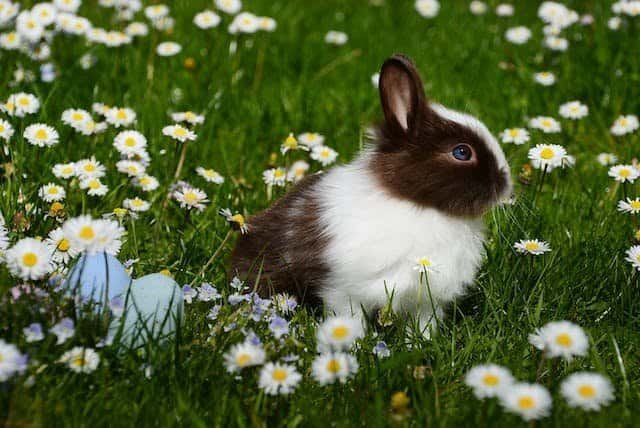The History And Domestication Of Rabbits have been a part of human history for centuries, with evidence of their domestication dating back to ancient times. These adorable, fluffy creatures are now commonly kept as pets all over the world, but once played a much larger role in society.
The earliest records of rabbits can be found in cave paintings dating back to 10,000 BC. These paintings depict humans hunting and gathering rabbits for food. It is believed that wild rabbits were first domesticated by the Romans around 600 BC as a source of meat and fur. Across Europe, rabbits were also used for their fur and served as a valuable trade commodity.
Table of Contents
Where did Rabbits Come From? The History And Domestication Of Rabbits

Rabbits are small, fluffy mammals that belong to the family Leporidae in the order Lagomorpha. They are known for their long ears, powerful hind legs and soft fur. But have you ever wondered where did these cute creatures come from?
Originating in Europe and Africa, there are about 50 species of rabbits found all around the world. However, the exact history of their evolution is still a mystery. Some scientists believe that rabbits evolved from small, forest-dwelling mammals around 55 million years ago.
These early ancestors of rabbits were called hystricomorphs and they had four toes on their front feet and five toes on their hind feet.
One of the key adaptations that helped rabbits thrive and multiply was their ability to reproduce quickly. Female rabbits, also known as does, can give birth to several litters in a year with each litter consisting of multiple offspring. This allows them to quickly populate an area and increases their chances of survival.
Another interesting fact about rabbits is that they are crepuscular animals, which means they are most active during dawn and dusk. This helps them avoid predators while still having enough time to find food and mate.
What does Rabbit eat? How it survive
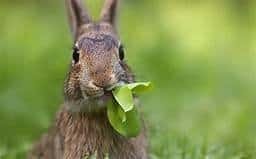
Rabbits are herbivores and mainly survive on a diet of grasses, plants, and leafy greens. They have evolved to have continuously growing teeth to help them break down tough plant materials. In the wild, rabbits also eat bark, twigs, and even fruits and vegetables if available.
In terms of survival, rabbits have adapted well to their environments. They are fast runners and have keen senses, which help them avoid predators. Their ability to reproduce quickly also helps ensure their survival as a species.
Importance of rabbits in different cultures
Rabbits hold significance in many different cultures and have been associated with various symbols and meanings throughout history. In ancient Egypt, the rabbit was considered a symbol of fertility and rebirth due to their rapid reproduction and ability to survive in harsh environments. In Chinese folklore, the rabbit is seen as a symbol of longevity and good luck, and is one of the twelve animals represented in the Chinese zodiac.
In some cultures, rabbits are also seen as symbols of cunning and trickery. This can be attributed to their ability to quickly outsmart predators and escape danger. In many Native American tribes, the rabbit is a trickster figure in their mythology and is often portrayed as clever and mischievous.
Domestication of rabbits as pets

As mentioned earlier, rabbits were first domesticated for food and fur. However, over time they have also become popular household pets. The first known pet rabbit dates back to the 16th century when French monks began breeding them for companionship.
Today, rabbits make great pets due to their gentle nature and low maintenance care. They are also social animals and can form strong bonds with their owners. However, it is important to note that domesticated rabbits still retain some of their wild instincts and may require specialized care and handling.
Relationship of rabbit with Humans

The relationship between rabbits and humans has evolved over time. In the past, they were seen as a valuable source of food and fur. However, as society progressed, their roles shifted to becoming popular pets and symbols in various cultures.
Today, rabbits are considered beloved companions by many individuals and are even used for therapeutic purposes in some cases. Their docile nature makes them great additions to households, and they bring joy to many people’s lives. The domestication of rabbits has undeniably strengthened the bond between humans and these adorable creatures. Overall, the history and domestication of rabbits is a testament to their resilience and adaptability as a species, and their enduring relationship with humanity.
Seasonal Diet Changes and Other Facts About Rabbits

Rabbits, like many animals, have certain behaviors and adaptations that help them survive in different environments. One such adaptation is their seasonal diet changes.
During the warmer months, rabbits primarily eat grasses and leafy greens which are abundant during this time of year. However, when winter comes and these food sources become scarce, rabbits will turn to bark, twigs, and other woody materials to sustain themselves.
Another interesting fact about rabbits is that they have a unique digestive system. They are hindgut fermenters, meaning that they rely on the bacteria in their gut to break down tough plant material into nutrients that they can absorb. This process also produces important vitamins and proteins that rabbits need for survival.
The Advantage of water quality for Rabbit Health
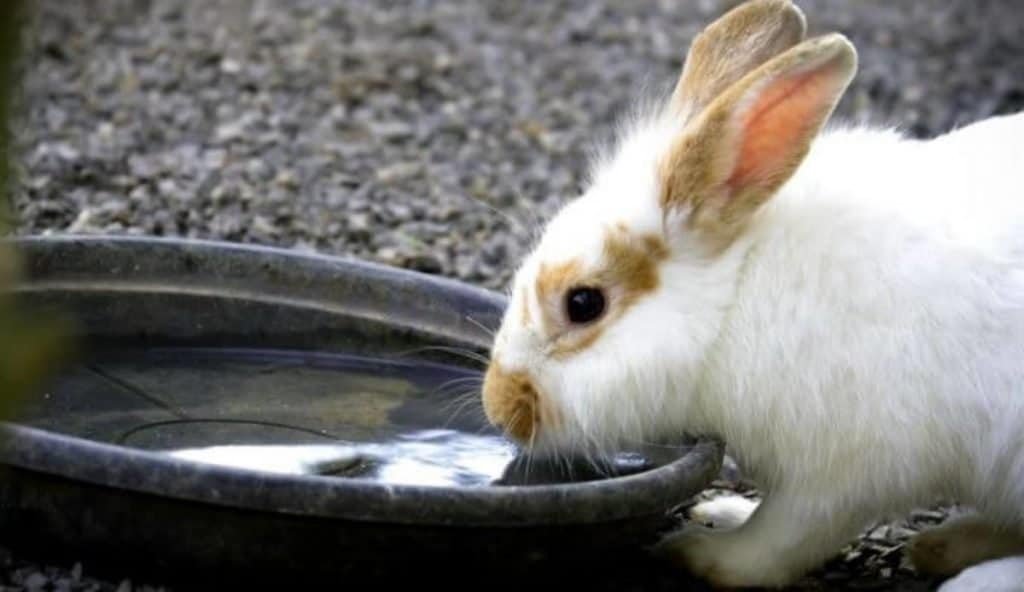
Water is an essential component of a rabbit’s diet and overall health. Clean and fresh water should always be available for rabbits to drink, as they can easily become dehydrated, leading to serious health problems.
In addition to hydration, the quality of water also plays a crucial role in a rabbit’s well-being. Tap water may contain chemicals such as chlorine or fluoride, which can be harmful to rabbits. It is recommended to provide filtered or bottled water for rabbits to ensure their water source is free of any harmful additives.
Furthermore, proper hydration is crucial for a rabbit’s digestion and overall health. A lack of adequate water intake can lead to digestive issues such as GI stasis, which can be fatal if left untreated.
How do Rabbit’s baby meet their dietary needs?
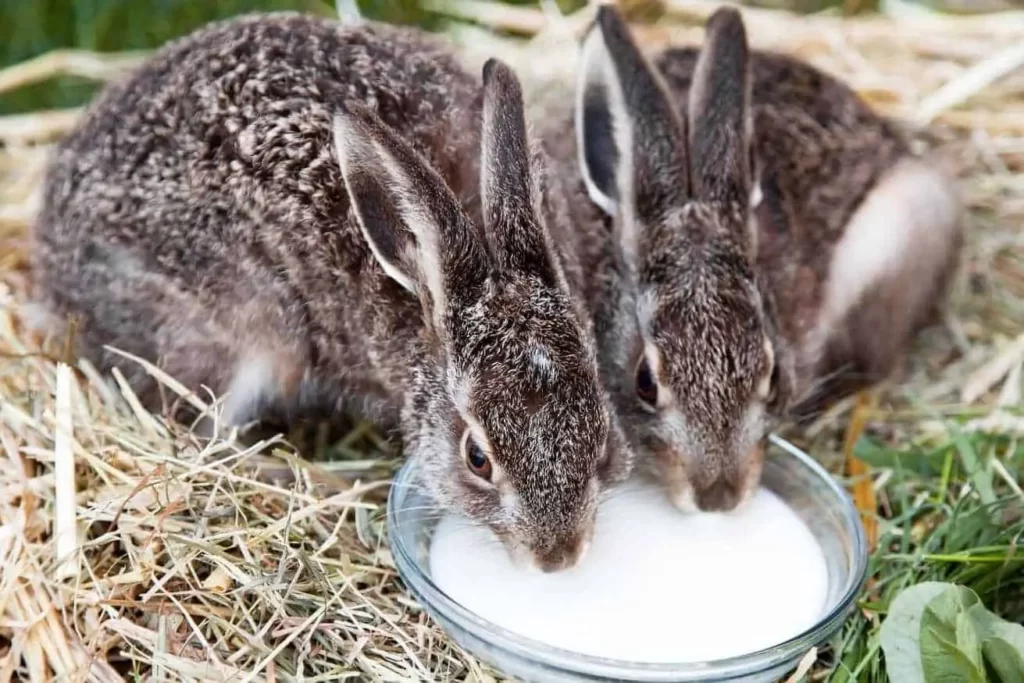
Baby rabbits, also known as kits, are born completely dependent on their mother’s milk for sustenance. Unlike adult rabbits, kits cannot survive on a diet of primarily hay and vegetables.
A mother rabbit’s milk is highly nutritious and provides all the necessary nutrients for the rapid growth and development of her offspring. As they grow older and start to wean off their mother’s milk, kits will start eating solid foods such as hay and pellets. It is important to gradually introduce these foods to prevent digestive issues.
In the wild, rabbits would also learn how to forage and eat different types of plants from their mothers. However, domesticated rabbits do not have this opportunity and rely on their owners to provide a varied and balanced diet for optimal health.
How Rabbits are Necessary for our environment?
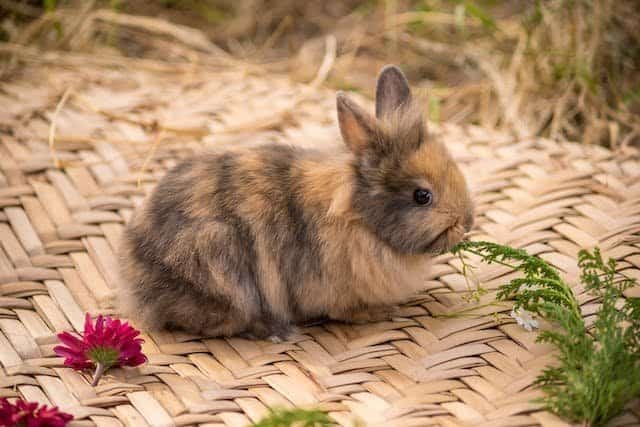
Aside from their role in human culture and companionship, rabbits also play an important role in the environment. As herbivores, they help maintain plant growth and diversity by grazing on various plants and distributing seeds through their droppings.
Rabbits also provide food for many predators such as foxes, coyotes, and birds of prey. This helps to maintain a balanced ecosystem and prevents overpopulation of rabbits.
Additionally, rabbit fur is used for insulation and can be a valuable resource for other animals during harsh winter months. Their digging behavior also helps aerate the soil, promoting healthy plant growth.
Conclusion
Overall, rabbits are an important part of our environment and serve as a reminder of the delicate balance of nature. As such, it is important to respect and protect their habitats to ensure their continued survival.

